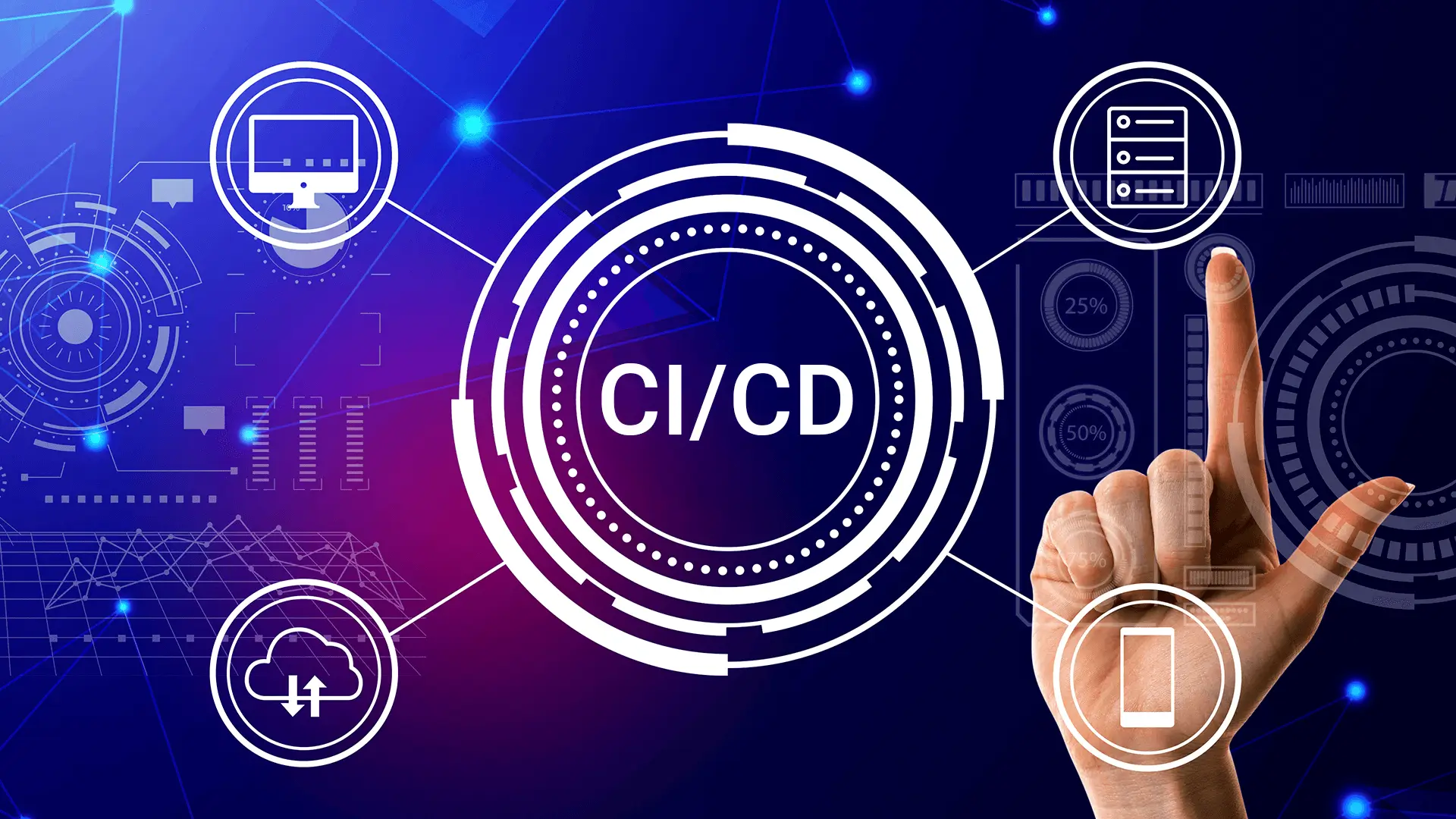Amidst the rapid digitalization worldwide, it has become imperative for organizations to ensure that their software meets consumer and business requirements. Users wish to garner the best possible experience while using all their devices, from Smartphones to Smart TVs, media devices, desktops, and many more. And in order to achieve this, organizations are required to invest financial and human resources efficiently into software testing to ensure good performance, functionality, and user experience. However, understanding the testing techniques and methodologies and which ones to adopt for specific software can be challenging for organizations. Several aspects need to be considered while adopting the right software techniques. In this blog, we will discuss some vital factors which should be kept in mind while selecting software testing methods.
5 common factors that should be considered for choosing the right software testing methods
Selecting the right testing method is a sensitive and crucial aspect of the entire testing process that helps ensure the tests' effectiveness and the software's superior quality. Software testing can seldom be a one-size-fits-all approach, and hence while choosing the suitable method, several factors are to be considered based on the software that will be tested.
Following are some of the factors that need to be considered:
1. Models leveraged in the development
There are several software development models used in the software engineering realm, and each one of those requires a specific suite of tools to cater to the different modes of operation. The common software testing method examples include spiral, incremental, RAD, agile, iterative, V-model, waterfall models, and prototype models, which are leveraged extensively by QA teams based on testing purposes and needs. Simultaneously there are a wide array of tools utilized for different sets of software testing. Tools like Selenium, HeadSpin, TestComplete, and many more are utilized for specific testing objectives, the goals of software testing, and how it is planned to be executed to optimize the testing process and ensure high-quality software. The type of product development model used significantly impacts the testing method used later, making it a critical factor for determining the right testing method.
2. Software testing objective
Though the primary purpose of software testing is to ensure bug-free and glitch-free software with optimal functionality and performance, some software tests have specific sub-objectives. Identifying the faults and defects in the source code created earlier during the development stages might require a different testing methodology than the primary methodology for testing the user experience and interface of the software.
Additionally, performance testing, stress testing, and load testing methods are more focused on ensuring that the application meets the specific business requirements than identifying the bugs or gaps in the software security but ensuring there are techniques to minimize the occurrence of the software crash or error message.
Also check: Top 10 Ways to Accelerate the Software Testing Cycle
3. Regulatory requirements
Changes in general rules of the industries significantly impact the development of products. These regulations tend to add more tasks as there has to be an effective tracking system to ensure that the standards are met, and the changing standards are applied too. Not being able to apply the standards correctly while choosing a testing approach leads to inefficient and unreliable software that authorities can easily turn down. At times, testers face challenges in incorporating the rules when there is a contradiction between the design and the regulations stipulated. Thus, it is crucial to consider that the rules are standard and must be followed internationally to ensure consistency in building products. The existing regulations have a massive influence on the method.
4. Project time and budget
The entire trajectory of developing software—from ideation to developing it, testing it, and launching it in the market, can be a complex and time-consuming process. Of this, how much time you are willing to dedicate to the software testing process is a critical aspect to be determined for choosing the right testing methodology. Some processes are required to be performed fast and effectively, while some processes consume large amounts of time and cannot be executed quickly. Based on the time constraints, testing teams need to pick the right method and tools.
Again, selecting slow-working tools will result in severe delays that will ultimately affect the functionality of the product. Besides the time constraints, every project is also tied to specific budget limitations. With an adequate budget, teams can opt for a method that's the most suitable for their needs and of high value in the market without having to compensate for any financial constraints and improve the testing experience of the testers.
Also check: Top 10 Ways to Accelerate the Software Testing Cycle
5. Probable defects
Commonly, software testing defects are resolved step-by-step, where the process begins with assigning specific defects to the particular developer, and the developer selects the ones to be addressed based on priority. Post this procedure; the final developers submit the update on the resolution to the tester. The appropriate process for choosing defects can be complicated amidst the diverse range of defects.
Defect testing is often considered to be a kind of exploratory software testing that is leveraged to understand the software's landscape in depth and test its design. Late-stage defects can often be more complex to identify and require intensive testing, especially compared to other faults or issues in the system.
How does HeadSpin support diverse software testing methods for organizations to improve software testing efficiency and deliver excellent user experiences?
HeadSpin offers a data science-driven test automation platform. With this Platform, enterprises can run integrated, automated, and continuous tests for functional, performance, and load testing of apps and capture critical KPIs that impact the user experience.
The unique AI-driven capabilities of the HeadSpin Platform help organizations to:
- Test applications on real devices across 50+ global locations and help
- Identify functional and performance issues
- Perform root cause analysis and resolve them proactively
- Capture unique KPIs that impact user experience
- Obtain complete visibility into the user journeys and ensure good digital user experiences.
Bottom line
Software testing methods are diverse, and each of them prioritizes different aspects of testing. Choosing the right testing method is crucial for ensuring the final product meets the required quality, performance, and functional requirements to enhance brand value and customer satisfaction. Again, some testing strategies should be deployed at early stages, while others are effective in the later stages to ensure that the final version of the product meets the privacy regulations mentioned by laws.
It's also determined by the type of software you're building. Multilayer software requires testing methodologies that scan the code and performance of the application at every step of the way rather than all at once with the final product, like waterfall testing.
When deciding the right method for your software testing, teams need to invest substantial effort into identifying and deploying the methods correctly to obtain the desired outcome. This drives organizations to deliver the best possible software quality and win customer loyalty while enhancing brand reputation.
FAQs
Q1. What is the waterfall methodology?
Ans: The waterfall testing methodology refers to diverse tests performed in a sequence rather than simultaneously. As the tests flow in a downward motion across different phases of the software development process, from market analysis and design throughout the development phase, it is named accordingly.
Q2. What is validation testing?
Ans: Validation testing primarily focuses on QA to ensure that software meets the needs and requirements of the clients and stakeholders. The primary aim is to conduct security, usability, and non-functional testing to validate the integrity of the software product.
Q3. What is quality check in software testing?
Ans: Software testing assists in determining a specific set of properties of software that include functionality, reliability, efficiency, usability, maintainability, and portability.



























.png)


















-1280X720-Final-2.jpg)






